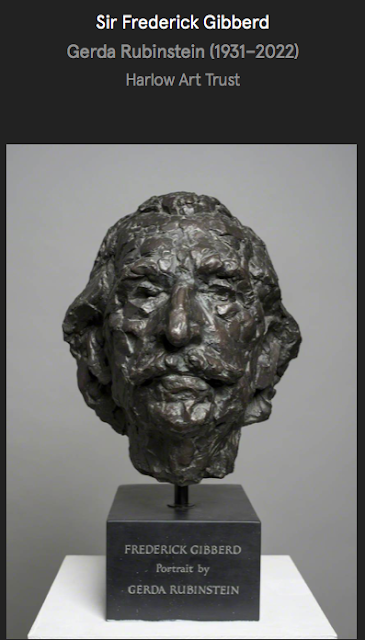I often say that the whole point of walking is that you get out there and you see things that you wouldn’t see if you weren’t on foot, or you see old things in a new way. I’ll happily stand by that as a principle, but I’ve recently done a couple of not quite local walks here in Essex which make me wonder if in fact, however lofty your ideals, however pure your intentions, you often end up seeing and noticing the same old same old.
The first of these walks was from Dovercourt train station to the Fryatt hospital, which is officially in Harwich, at most a 25 minute walk. I was going along to the hospital for some specialized blood test that apparently couldn’t be done in my own doctor’s surgery. I hoped this test itself would take about five minutes, which it did, and so I’d have time to do some drifting.
The only problem was that it was absolutely pissing down on the day I went, and so I hurried along there and back, not noticing as much as I’d have liked to because my head was down, my shoulders were hunched, my cap was partly over my eyes, as I careered down the street trying to minimize my soaking.
But I wasn’t completely in my own cocoon. I spotted some of the things I always like to spot, such as blank notice boards:
cars in the wilderness:
These are the kind of things I always enjoy noticing, but just lately, the architectural noticer in me, has been starting to look at external staircases, which are often, though not always, fire escapes. Like this one:
If it hadn’t been for the rain I’d have walked further, looked around more, seen more, photographed more, but a pedestrian has to play the hand they’re given. I didn’t mind getting a bit wet but I didn’t want to be soaked to the edge of pneumonia. But in some small mitigation I did see, in somebody’s front garden, getting far more soaked than I was, this quite comfy looking chair – that felt like something I’d never really looked at properly before:
Then, less than a week later, I was walking in Chelmsford, and it was raining again, though not nearly as hard as it had been in Dovercourt. And yes, some of my small obsessions were catered for, an obelisk of sorts by the cathedral:
a bench, proclaiming its place of residence:
some topiary, an interest I’ve recently picked up from my other half:
another fire escape:
And so on. And this I think is my point, you look at the same old things, you have the same old interests and obsessions, but they do change, or change their intensity, over time. For instance there was a show at the Gareth Gardner Gallery, photographs of hedges. Now I have always noticed hedges and taken the occasional photograph, but now I find I REALLY notice them. Such as this one in Chelmsford:
And the thing is, I don’t really expect anybody else to be interested in the things that I am. I mean, I write this blog, I publish the occasional book, and people read them or they don’t; mostly they don’t, of course.
And once in a while I conduct ‘walking tours,’ usually in the interests of plugging one of my books, and this is always tricky. I see the occasional odd thing I’m interested in and point it out, like this armillary sphere I spotted while leading a tour in Richmond – I love a good armillary sphere.
Few, if any, of the group knew what an armillary sphere was, and none of them seemed interested. Probably best to stick to the Blue plaques.



















































